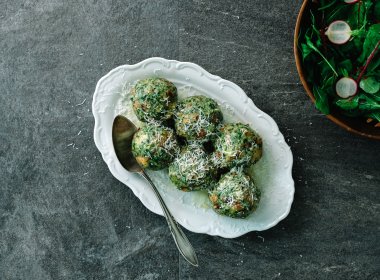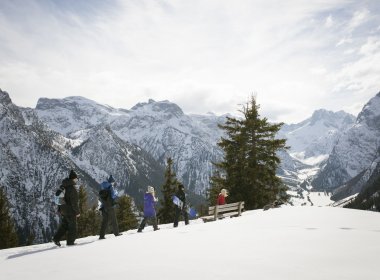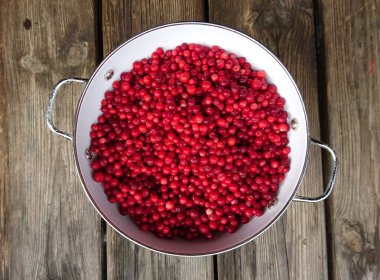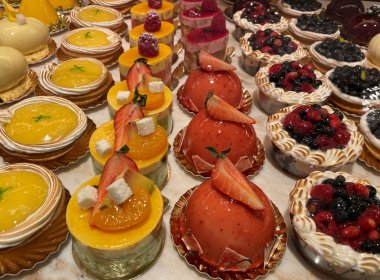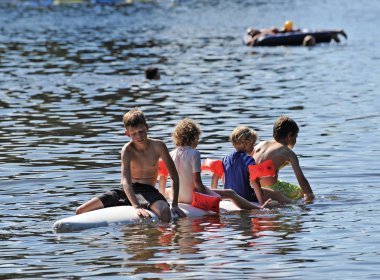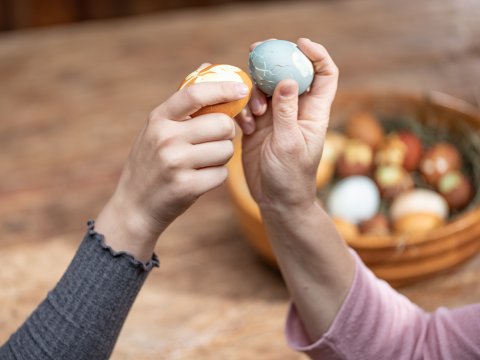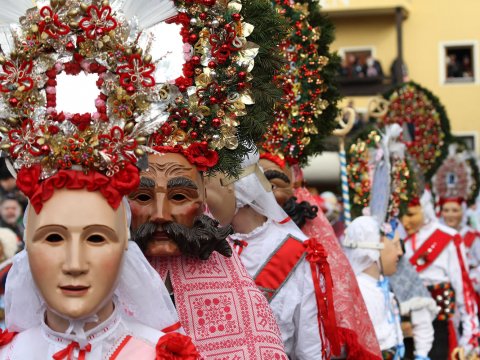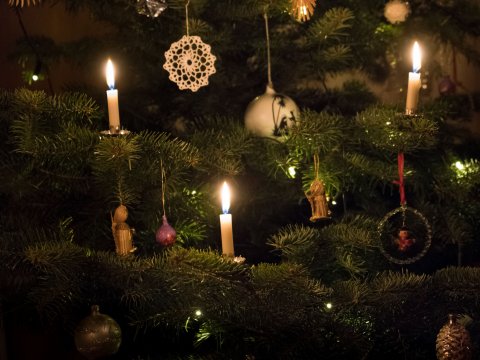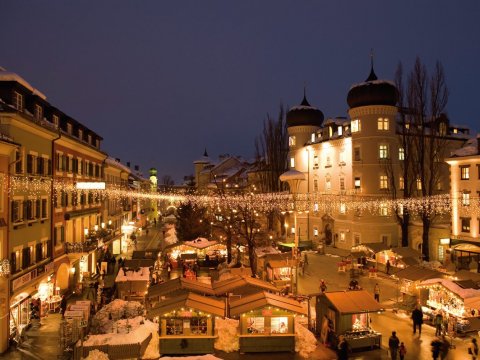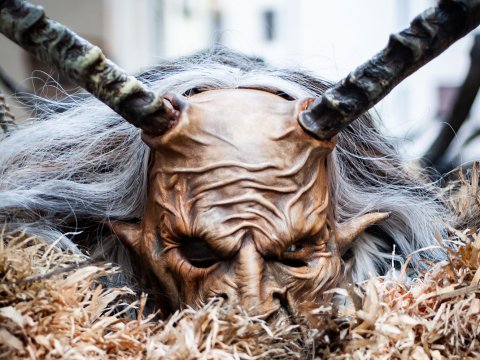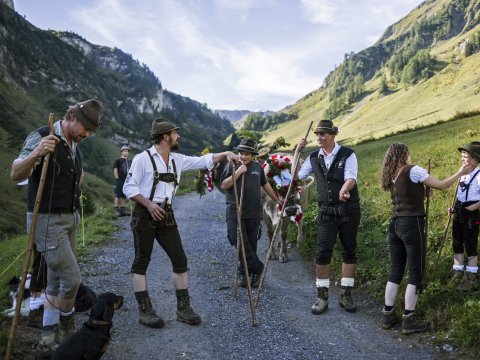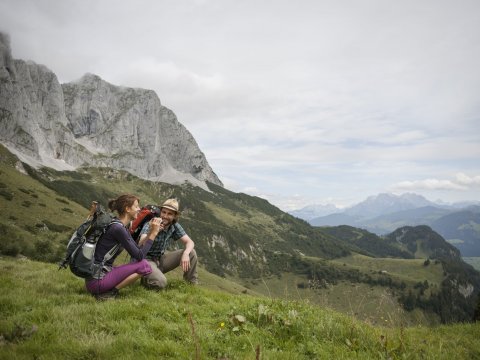Up in Smoke: Christmas Incense Traditions in Tirol
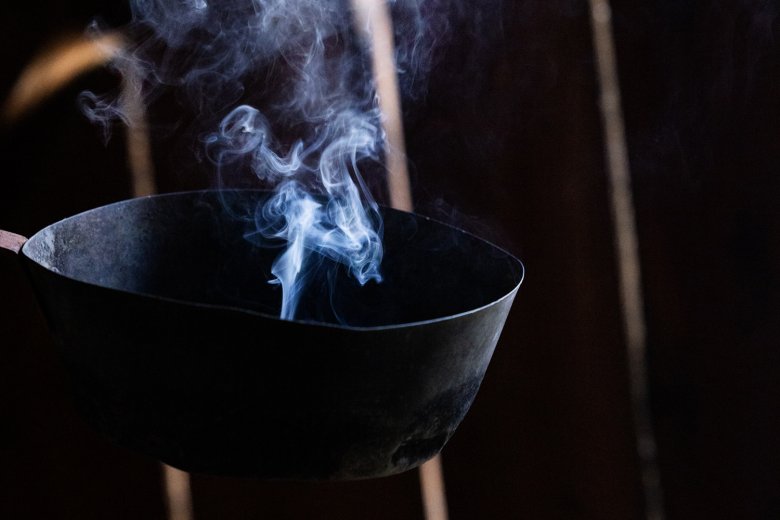
Most people know Shakespeare's play "Twelfth Night". But do you know where the expression comes from and what it means? It actually refers to the twelfth night after Christmas Day, also called the Eve of the Feast of Epiphany. Here in Tirol it marks the culmination of what are known as the "Rauhnächte" – nights around Christmas and New Year when incense and other herbs are burned to bid farewell to the old year and welcome in the new.
It is not possible to say with certainty when and where the custom of the Rauhnächte originated. Celtic and Germanic tribes are said to have had similar traditions, while celebrations at this time of year are also common in parts of Asia. What is certain, however, is that the Rauhnächte are an attempt to explain the difference between the solar and lunar years. Indeed, here in Tirol this period is often referred to as "between the years".
The Rauhnächte
The precise dates of the Rauhnächte vary from place to place. In some locations they are celebrated from All Saints' Day (1 November) to Candlemas (2 February), while in others the celebrations last from the winter solstice on 21 December until 5 January. In Tirol, the Rauhnächte are traditionally celebrated from 24 December to 5 January, with the nights on 24 December, 31 December and 5 January of particularly significance. Although the night of the winter solstice on 21 December is not normally celebrated as a Rauhnacht in Tirol, for many it is an opportunity to cleanse their houses and stables (both in the normal sense, using soap and water, as well as in the traditional sense using incense).
But what happens when certain days follow neither the solar year nor the lunar year? According to ancient beliefs, the laws of nature are suspended during these "bridge days" and the gate to the underworld is wide open. During these days there is a Wild Hunt, when spirits then race through the night, led by the alpine pagan goddess Perchta. The Wild Hunt reaches its climax on 5 January, the last night of the Rauhnächte, which is also known as the Gömmenacht. It is on this night that Perchta checks who has been industrious over the past year (and who has not). Placated by offerings of gifts, Perchta then sweeps out the old year in the good houses to make room for new happiness and good fortune. In some places, the goddess Perchta also comes accompanied by the three saints known as Bethen (or Salige) symbolising the Earth, Sun and Moon. On 5 January the "bridge" between the calendars closes again. In some Tirolean villages, such as Alpbach, locals still to this day dress up as witches and go from house to house on 5 January.
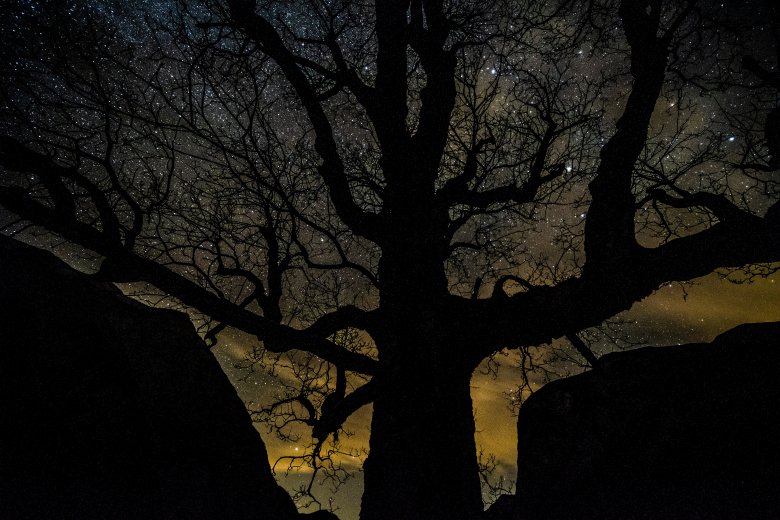
Traditions during the "Rauhnächte"
The traditions during the period between Christmas and essentially follow three different ideas.
First, the aim is to ward off the evil of the Wild Hunt. This is why during this period many people in Tirol do not hang out their washing (the spirits could get caught up in it) or make offerings to the goddess Perchta (usually a spoonful of each dish that has been served, or some flour sprinkled on the roof of their home).
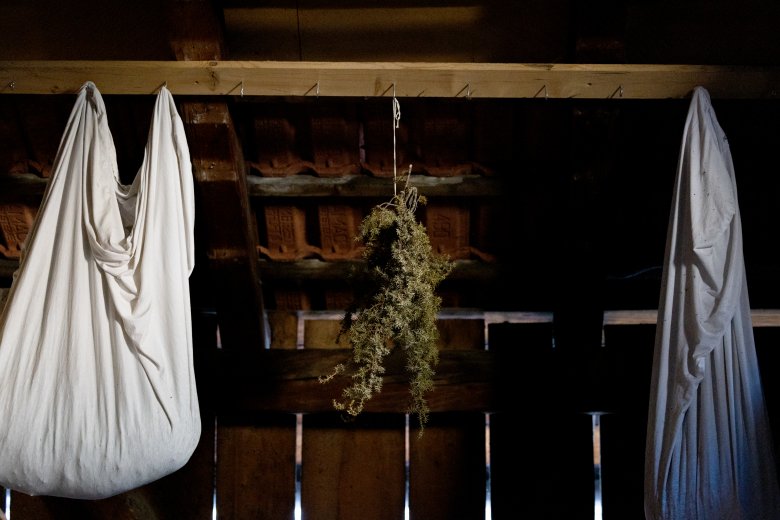
Second, the Rauhnächte are seen as an opportunity to look into the future. For example, it is said that the first Rauhnacht determines the weather in the following January, the second night the weather in the following February, etc. Some people keep dream diaries or meditate during this time. Traditions also include melting lead or wax, then pouring it out and letting it cool to see what shape it makes. This weird and wonderful forms are the interpreted as a sign of what is to come in the following year.
Third, the nights "between the years" also offer the opportunity to bring the old year to a close, reflect on what has happened and to get in the mood for the new year. For example, it is sais that all debts should be settled and all borrowed items returned before the start of the Rauhnächte. "Wish lists" are also popular. This tradition involves writing a wish for the coming year on 13 pieces of paper and placing them in a bowl. From 24 December, one of these slips of paper is drawn every day and placed (unopened) into a fire bowl in the hope that it will be heard by the gods. Finally, at the end of the Rauhnächte, one last wish remains – this is the one you are responsible for making come true in the new year.
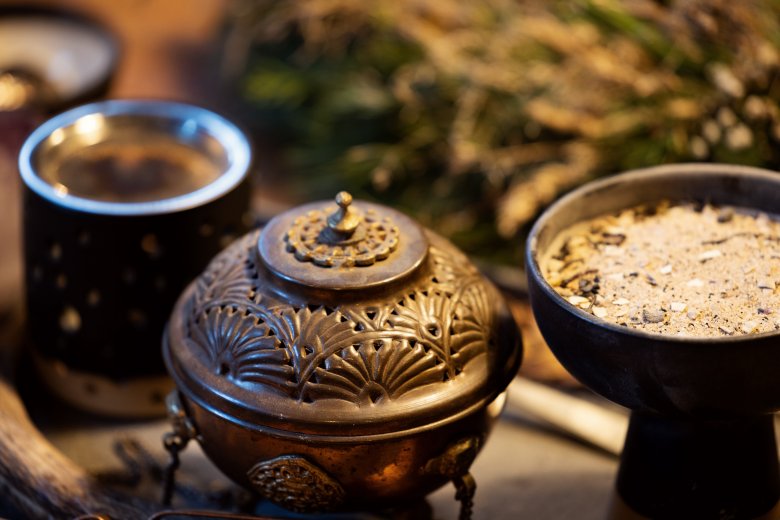
Regardless of which tradition you follow during the Rauhnächte, they all share one thing in common: the burning of incense. I lmet up with herb expert Michaela Thöni-Kohler to learn the proper way to burn incense during these days.
Michaela Thöni-Kohler
Michaela Thöni-Kohler is widely known in the Tirolean Oberland (the name given to the western region of Tirol) as the "Zammer Kräuterhex" ("Herb Witch of Zams"). As a child went out into the forest with her grandfather foraging for herbs. Today she is one of the most experienced herb experts in Tirol and shares her extensive knowledge in workshops and nature walks. She also recently published a book called "Incense in the Alps" where she provides an overview of natural herbs growing in Tirol, their health benefits, the tradition of burning insence in Tirol and the historical background to how and when this incense-burning takes place.
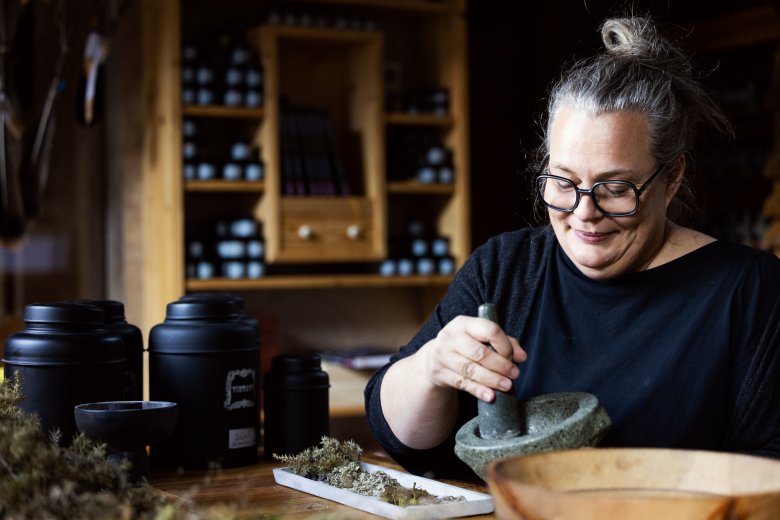
An introduction to burning incense
There are plenty of different ideas on how to burn incense, but the most important thing is to rely on your instinct. "It's no good going round the house and thinking all the time about how you have to make sure you are doing it just the right way," explains Thöni-Kohler. During the ritual, she emphasises, it's all about "reflecting and relaxing, connecting with your feelings". She personally uses incense-burning to say goodbye to what has been and welcome what is to come. The burning itself then takes place in three steps: cleansing, harmonising, protecting. Many Tirolean families burn incense not only inside but also outside their homes. "It is always important to also go around the house and burn incense as part of the ceremony."
Traditional burning of incense in Tirol
In Catholic families in particular, all members of the family burn incense together. Carrying out the tradition with a family member missing is said to bring bad luck. The ceremony is led by the head of the family, who also holds the censer (the plate containing the burning incense). As the incense burns, prayers are said (usually the rosary) and holy water is sprinkled. It is customary to burn incense in the living rooms as well as in the stable and outdoors and to repeat the words "bad luck out, good luck in".
In the last few decades, oriental incense has become established as an incense mixture, but traditionally it would be herbs based on spruce resin that were used in Tirol.
Here's how it works
"It's important to let the smoke smoulder properly when you burn incense," says Thöni-Kohler and recommends the following tools for the ceremony:
• Smoking plate
• Sand
• Hot coals
• Feather to waft the smoke
• Incense mixture for cleansing
• Incense mixture for harmonising
• Incense mixture for protecting
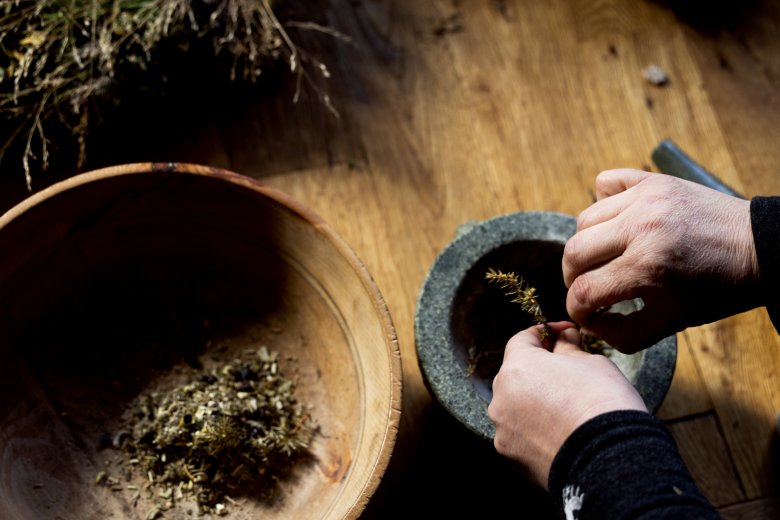
If you don't have a special small stove to heat the embers, light a piece of charcoal first. It is important to place it upright in the sand first so that it heats up evenly. Once the charcoal has turned white, the incense mixture is placed on top and the cleansing of the room can begin. Depending on the size of the room, it may be necessary to add more new incense every now and then. Herbs that have already been burnt should be removed from the glowing charcoal before new ones are added.
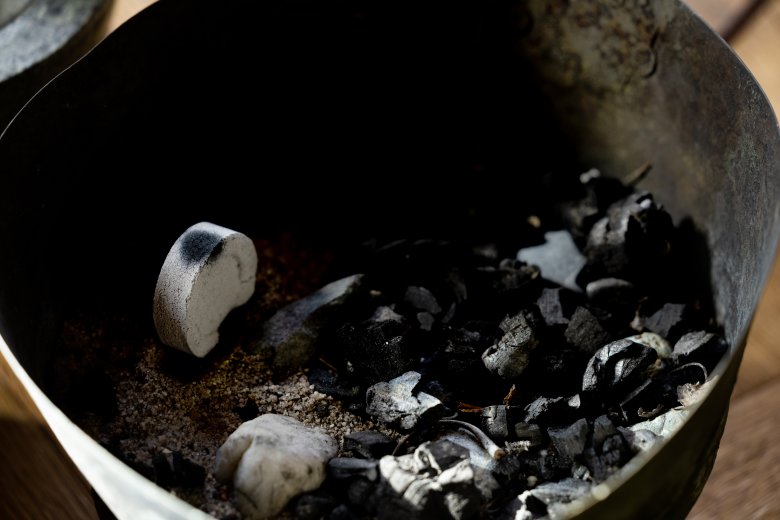
Cleansing
During the cleansing process, all family members walk around the home clockwise with the incense plate. It is important to waft the smoke into all the corners as well – a feather can be useful to distribute the smoke well. Once you have returned to the starting point, open all the windows until the air has cleared again. People traditionally clap their hands or say "bad luck out, good luck in" as they air the room.
Harmonising
After cleaning, the house must be harmonised. This involves all the family members walking anti-clockwise through the rooms and again spreading the smoke into all rooms and corners. The windows are then opened again to let the air clear.
Protecting
The incense-burning is completed with the protecting process. This does not require any smoke – simply place an incense mixture over a small candle let it smoulder. There is no need to air the room afterwards.
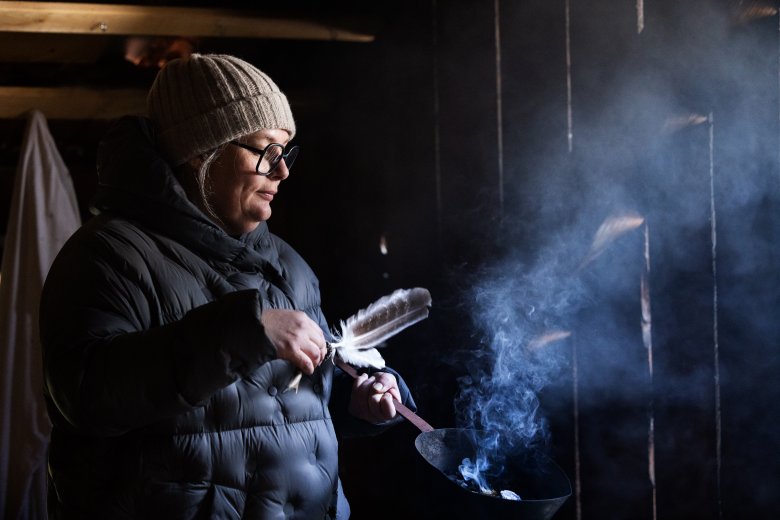
Whether or not you use special mixtures for the Rauhnächte is a matter of taste. "My mixture can be used for both cleansing and harmonising," says Michaela Thöni-Kohler. For those who want to use different herbs for each phase of the ceremony, she recommends the following combinations:
Cleansing: Rosemary, mugwort, sage, thyme and mint
Harmonising: Rose petals, lavender blossoms, sage, mint, styrax
Protecting: Ash seed, mugwort, pine resin, mistletoe
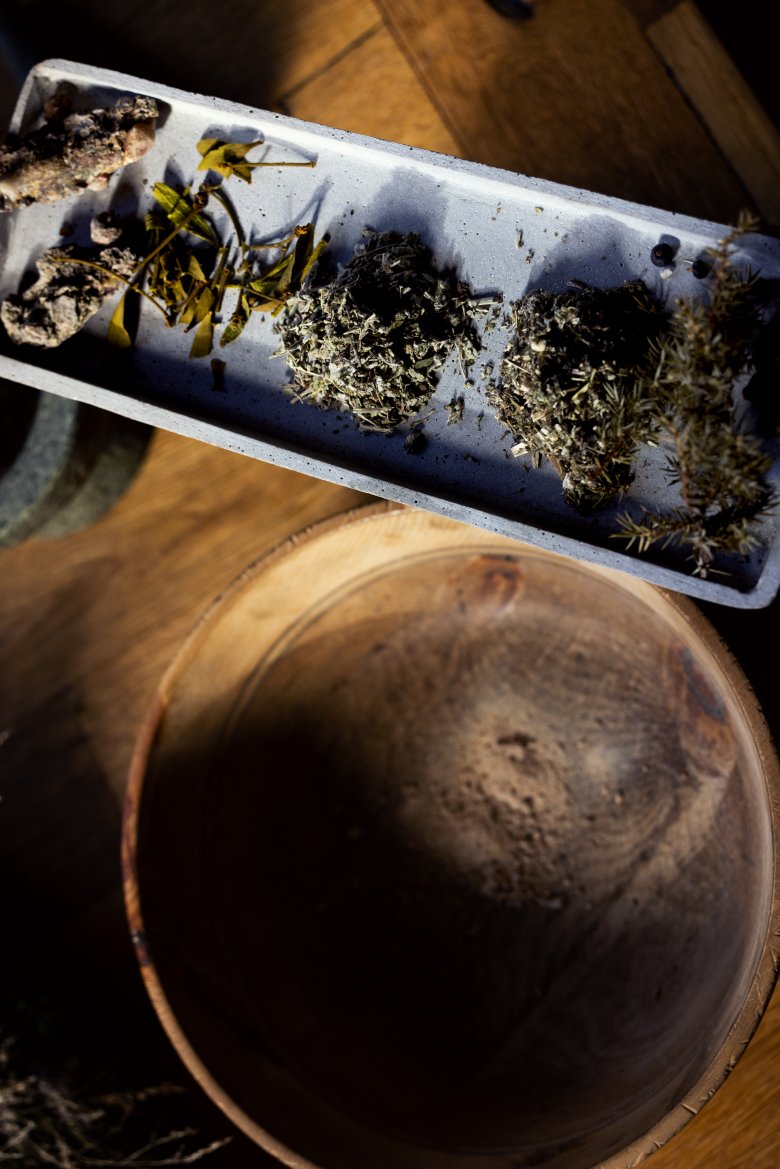
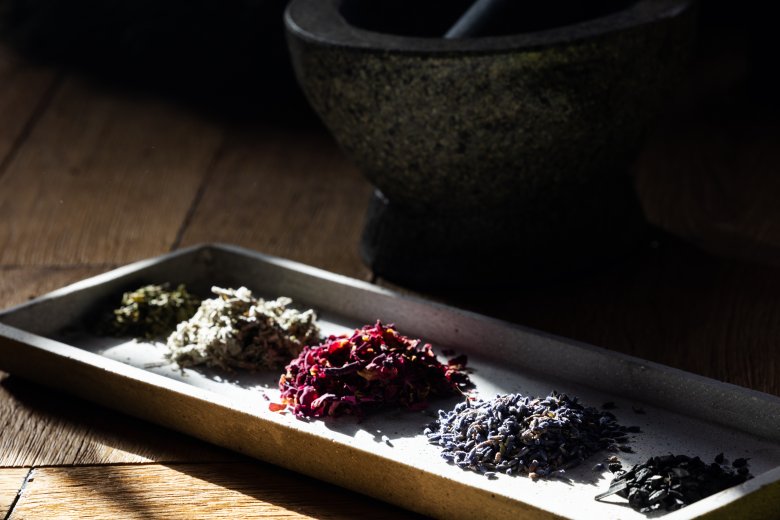
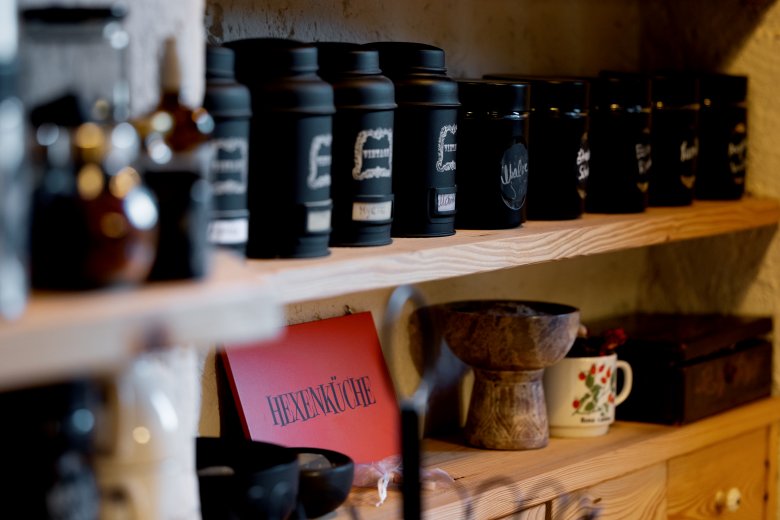
All that remains is for me to wish you all a good time between the years, lots of fun with the incense and, of course, "bad luck out, good luck in".
Event tip
Hall in Tirol organises special guided tours every year during the Rauhnächte. During this one-hour walk through the medieval old town you will learn about the custom of incence-burning. There is then the opportunity to take part in a short workshop with a herb expert where you can also ask questions about different herbs and their beneficial health effects.










